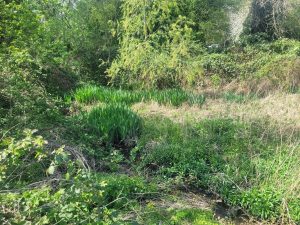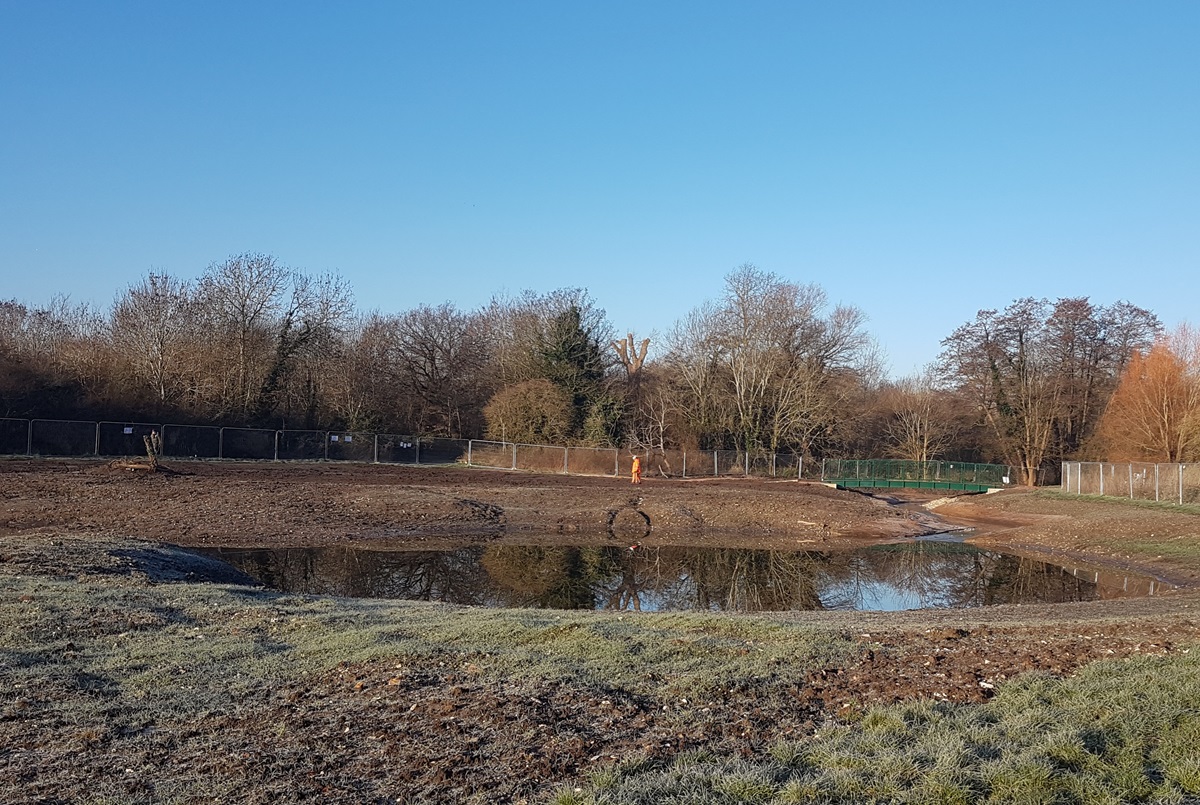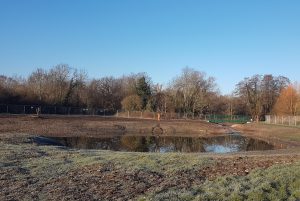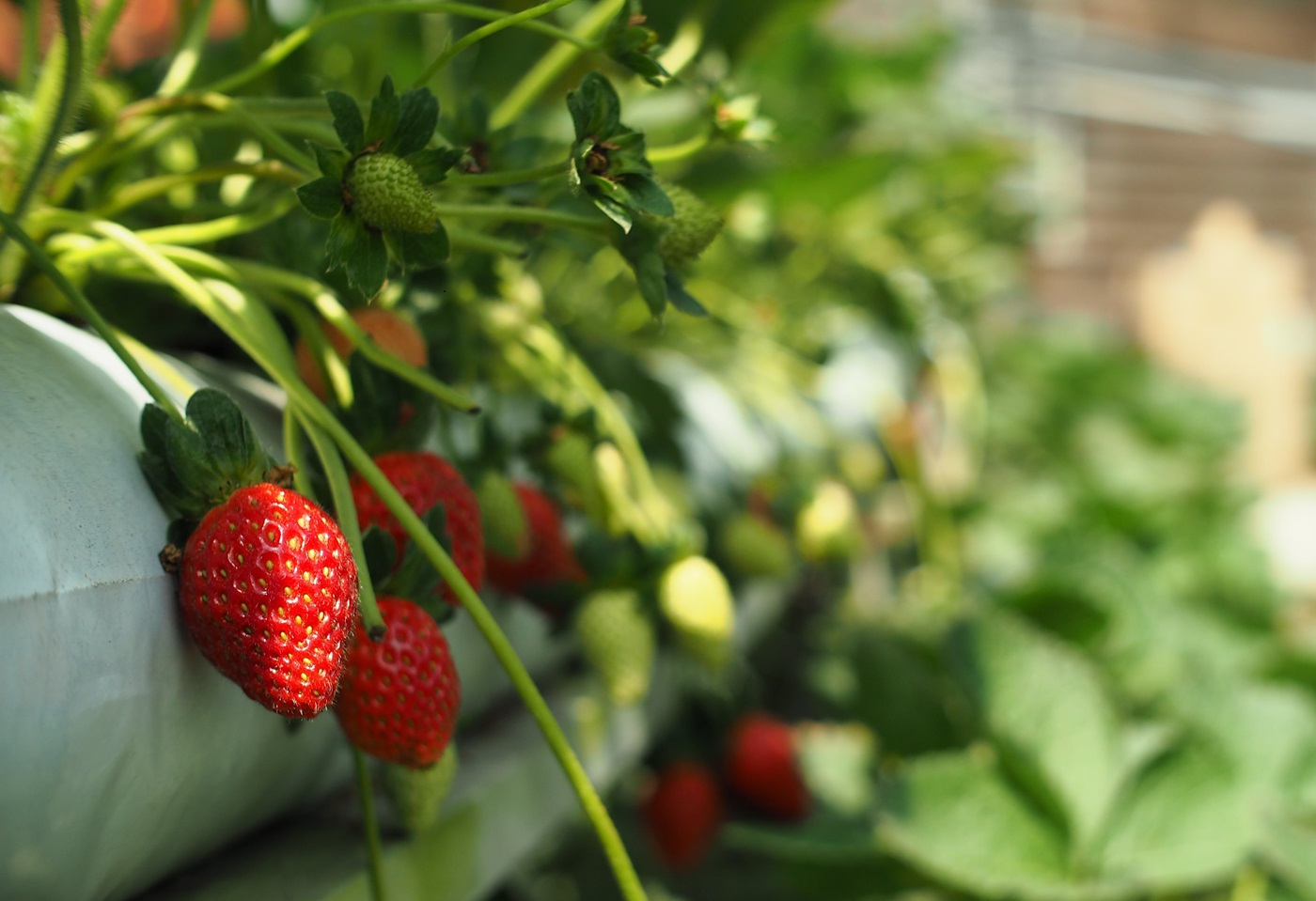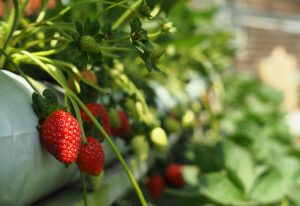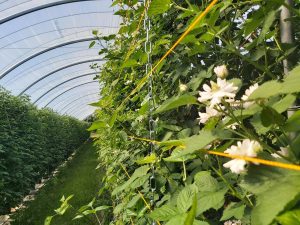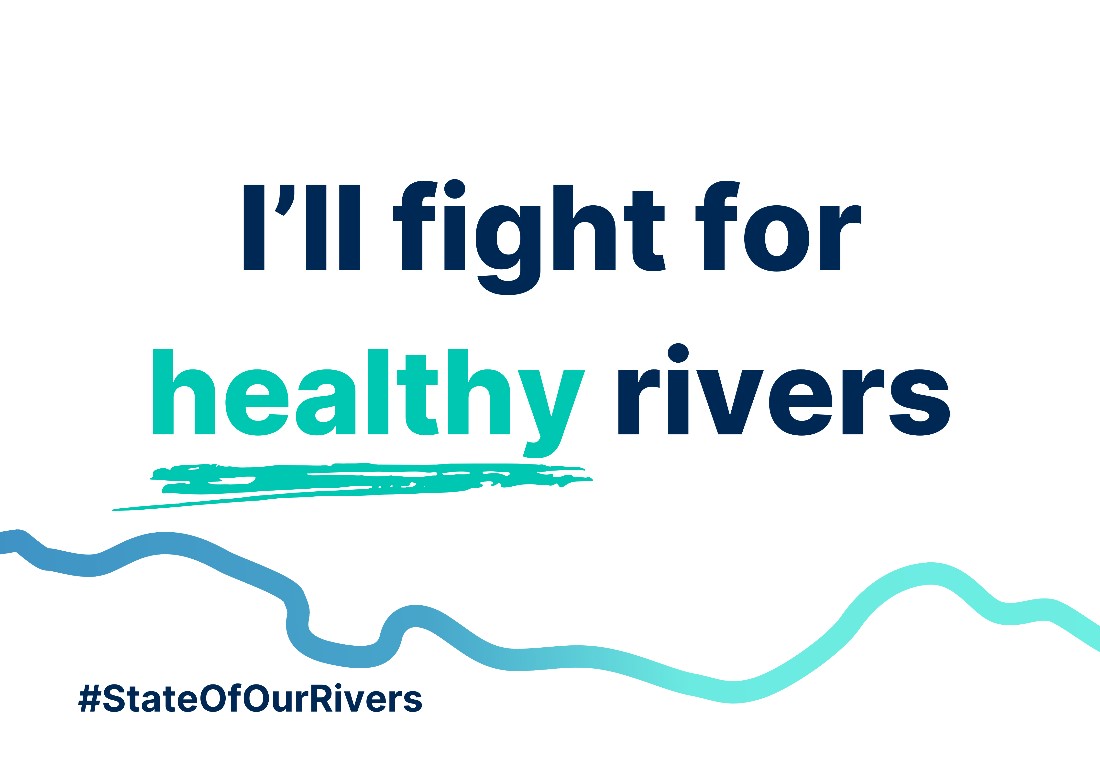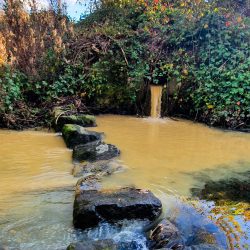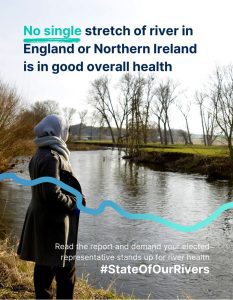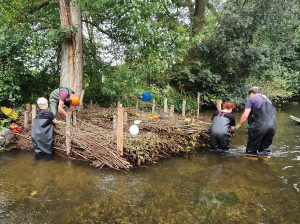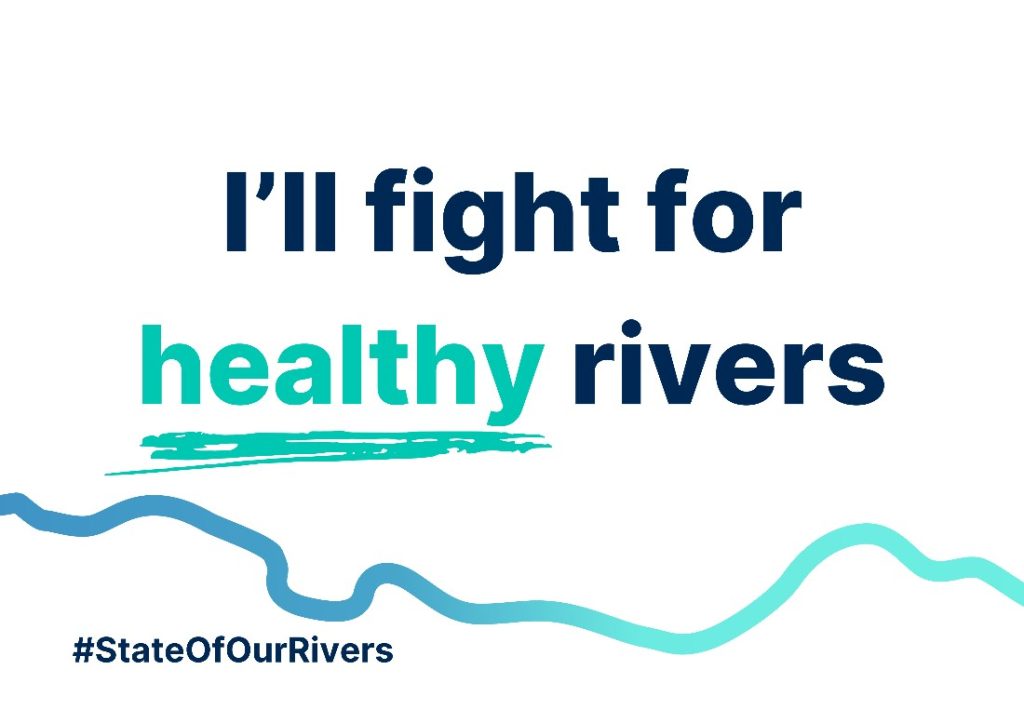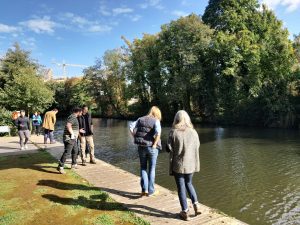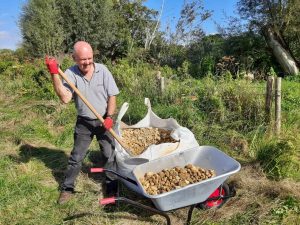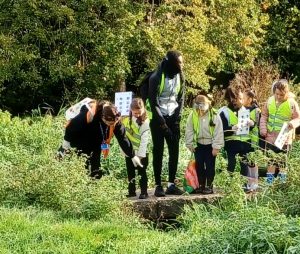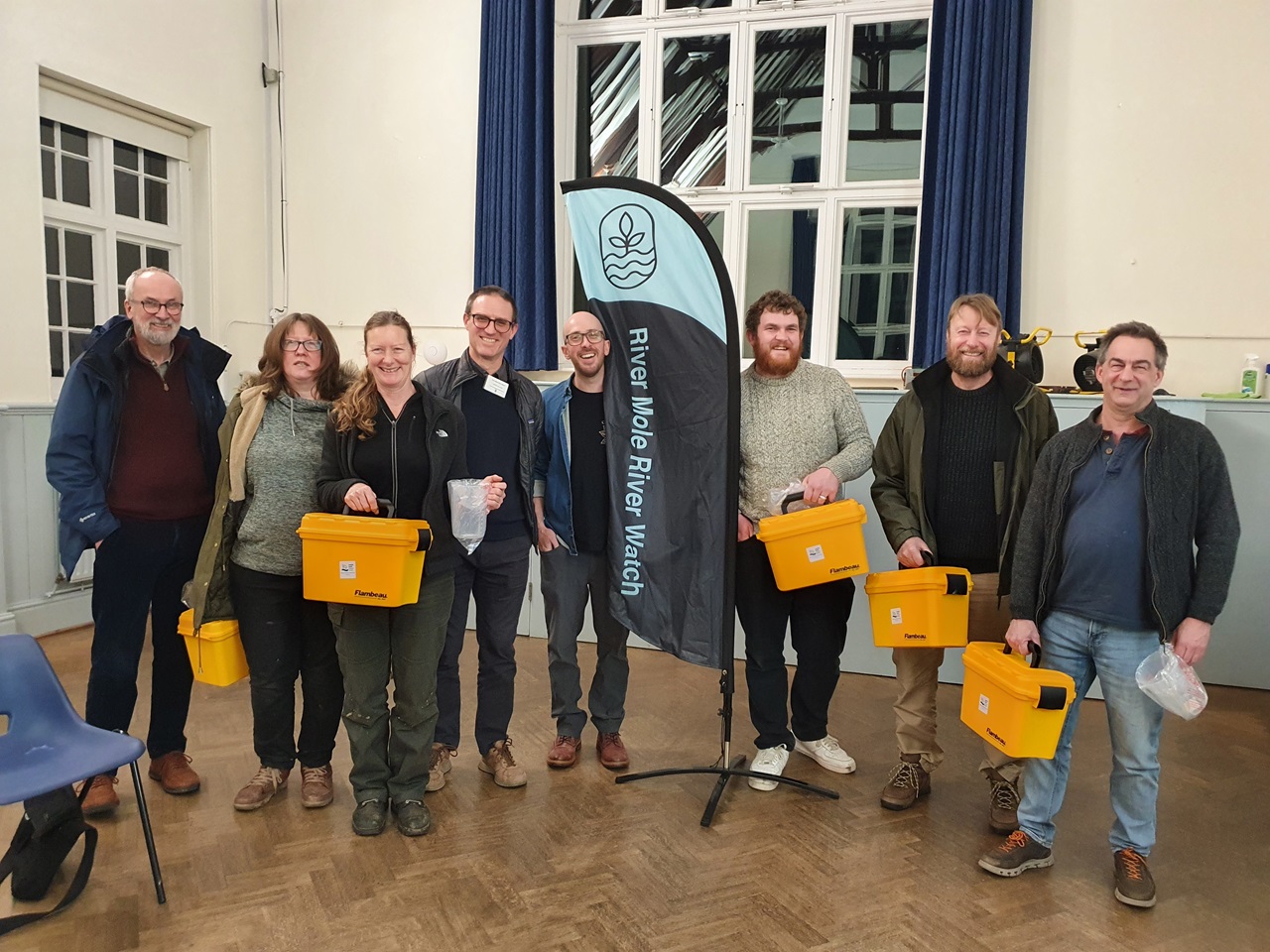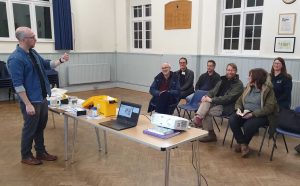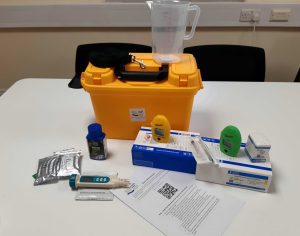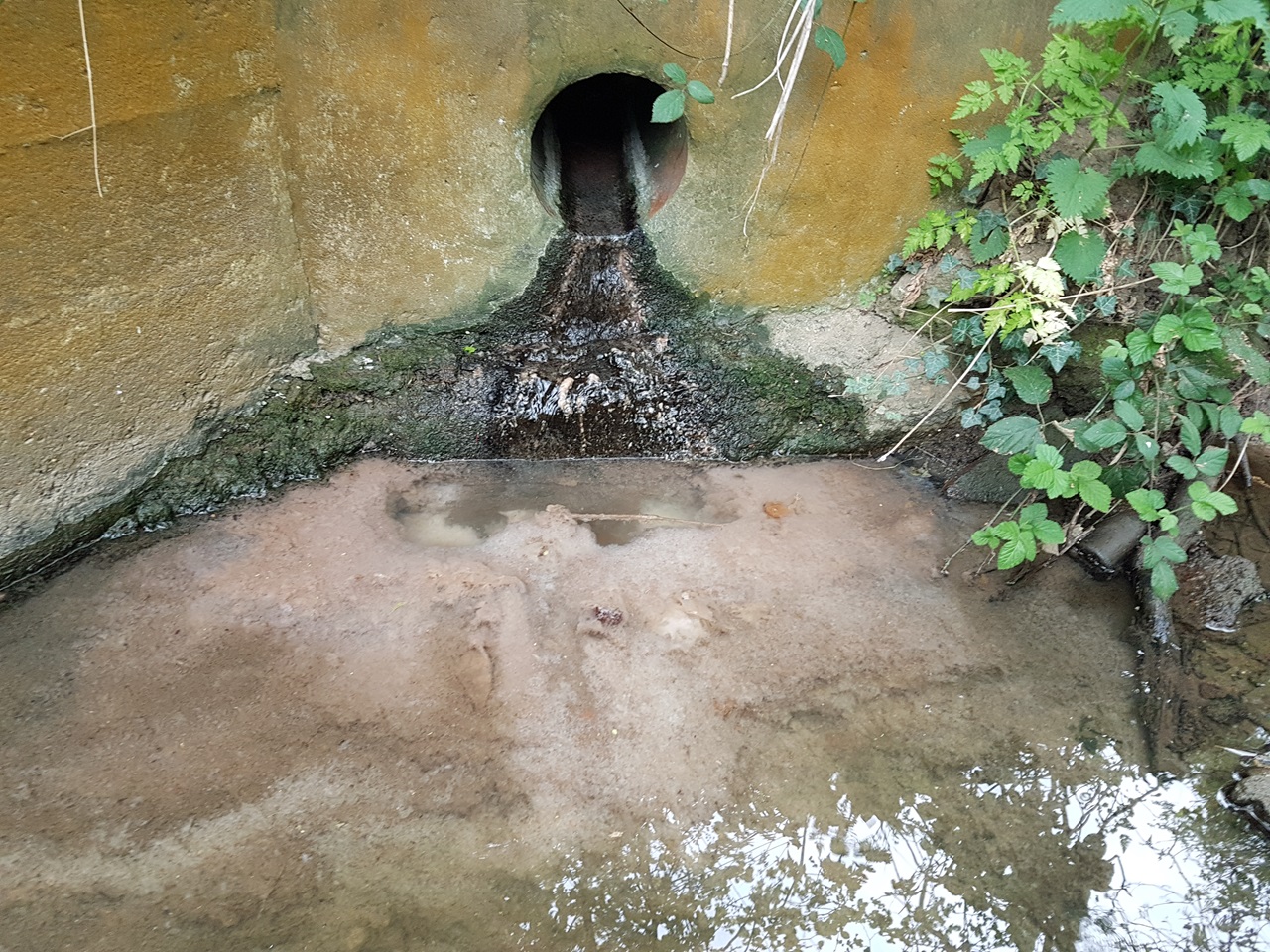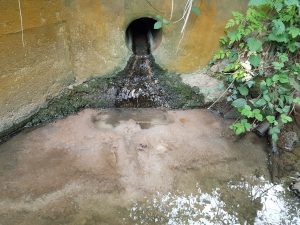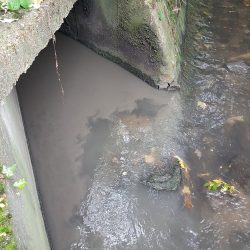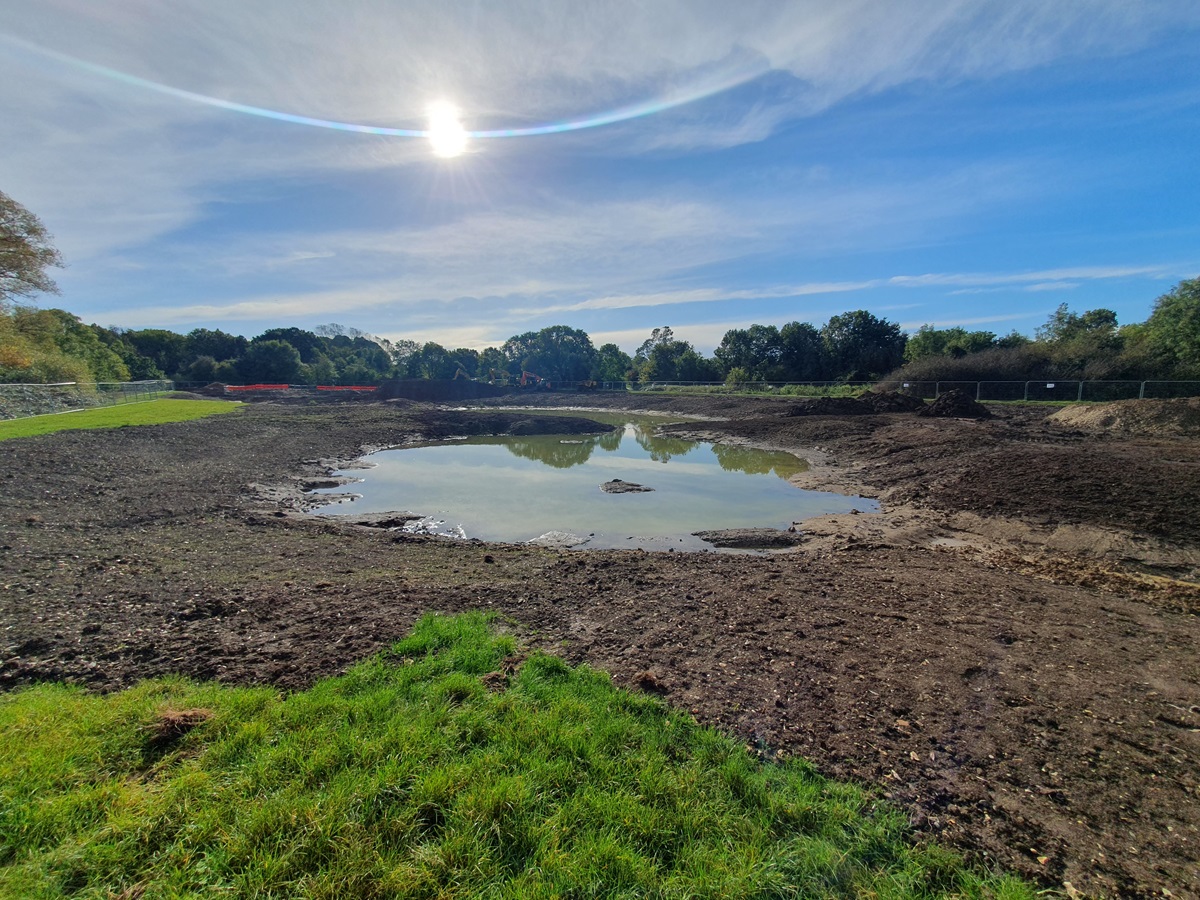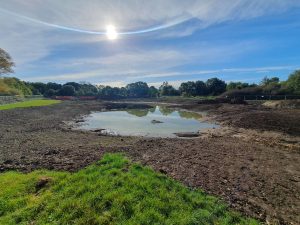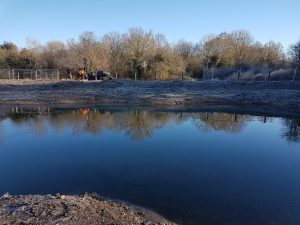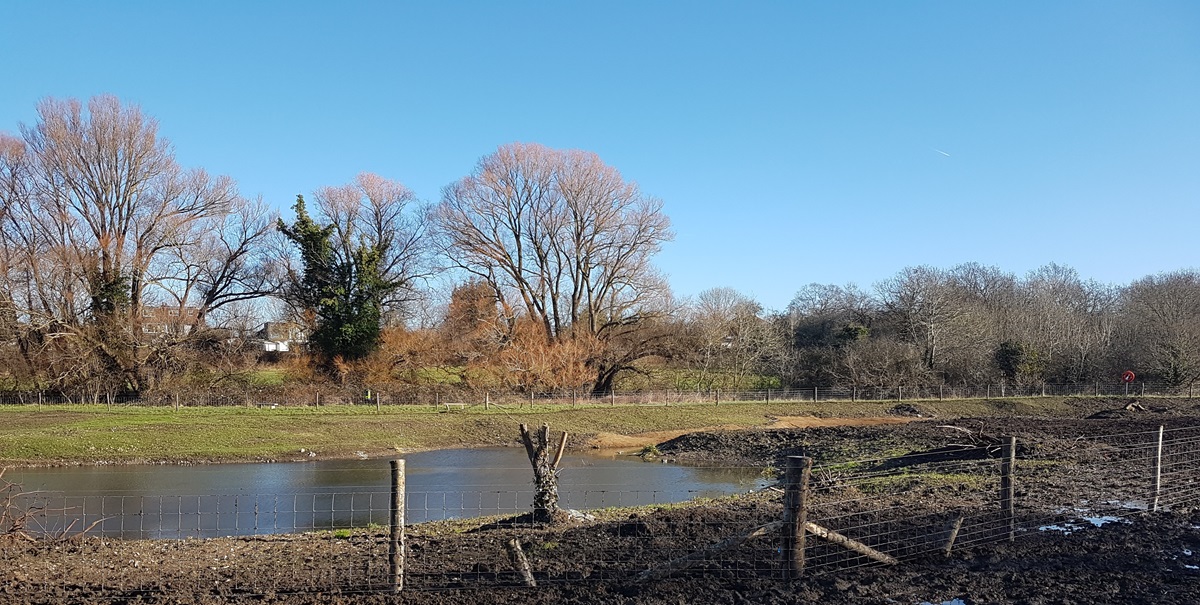A fun-filled family day in Elmbridge Meadows is the centre-piece of the South East Rivers Trust’s contribution to London Rivers Week 2024.

Residents will have the chance to learn how our Enriching Elmbridge Meadows project, starting later this year, will improve the River Hogsmill in this local nature reserve in Berrylands, Kingston.
The community will have the chance to learn how to remove Himalayan Balsam first hand, via a “balsam bash”, alongside other activities such as guided walks and crafts.
The event takes place on Sunday 23rd June, on the first weekend of London Rivers Week (22nd to 30th June), as groups across the capital invite people to celebrate the theme of ‘London is a River City’.
Emma Broadbent, SERT’s Volunteer and Engagement Officer, said: “We are always thrilled when London Rivers Week comes around because south London’s rivers are where our work began.

“Our range of events give people the chance to learn why the Hogsmill, Beverley Brook and Wandle rivers are vital to communities and wildlife, and what they can do to help protect and enhance them.
“In particular, London Rivers Week 2024 gives the communities of Surbiton, Tolworth and Kingston the perfect opportunity to find out how our Enriching Elmbridge Meadows project will re-naturalise 1km of the River Hogsmill. Our information stall and guided walks will give more information on the river and the project, children can enjoy our craft activities and people of all ages can delight in seeing what actually lives in the river at our river dipping table.
“We will have lots of volunteering opportunities as part of this project, with a focus on managing Himalayan Balsam. This non-native invasive species destabilises river banks, spreads very easily and outgrows native plants.”
Further restoration plans for Elmbridge include adding gravel to the river to give fish and invertebrates refuge places and areas to spawn, and adding woody debris to re-wiggle a straight and narrowed river so that nature can thrive better.

As well as the Elmbridge Meadows day focusing on the Hogsmill (10am to 3pm), SERT will also be staging three other events during the week, giving people the opportunity to understand the importance of rivers and take action to protect them.
Sign up for:
A balsam bash at Six Acre Meadows, to protect the River Hogsmill from this non-native invasive species, on Tuesday 25th June, 10am to 2pm.
A guided walk from Richmond Park to Wimbledon Common (and back!) to learn about the history, ecology and restoration work along on the Beverley Brook on Wednesday 26th June, 10am to 12.30pm.
A River Wandle cleanup at Poulter Park, Carshalton, clearing rubbish from the river to protect wildlife and help it thrive, on Thursday 27th June 10am to 2pm.
The eighth annual London Rivers Week, organised for the River Partnerships in London, features about 60 events. These range from river clean-ups to cultural experiences, emphasising the intrinsic links between people and their waterways, all designed to raise awareness of the capital’s network of rivers, how they benefit us and how we can protect them.
London Rivers Week is organised for the River Partnerships in London (RiPL) via the London Rivers Week steer group. The principal organisations running London Rivers Week are the Environment Agency, Thames21, the South East Rivers Trust, London Wildlife Trust, ZSL, CPRE London, and the Thames Estuary Partnership. In addition to these organisations, many other groups run and contribute to events, walks, talks and seminars to demonstrate the value of rivers.

















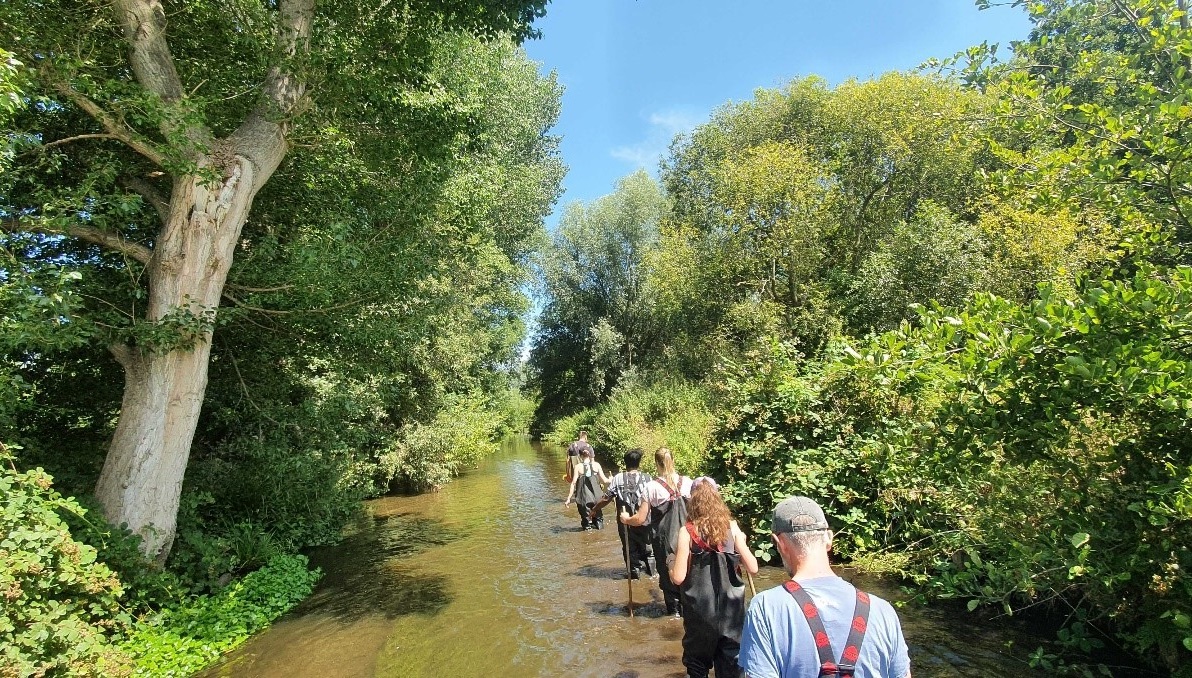
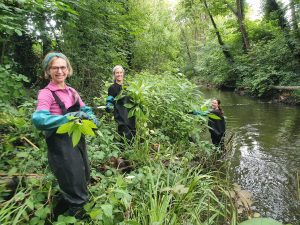
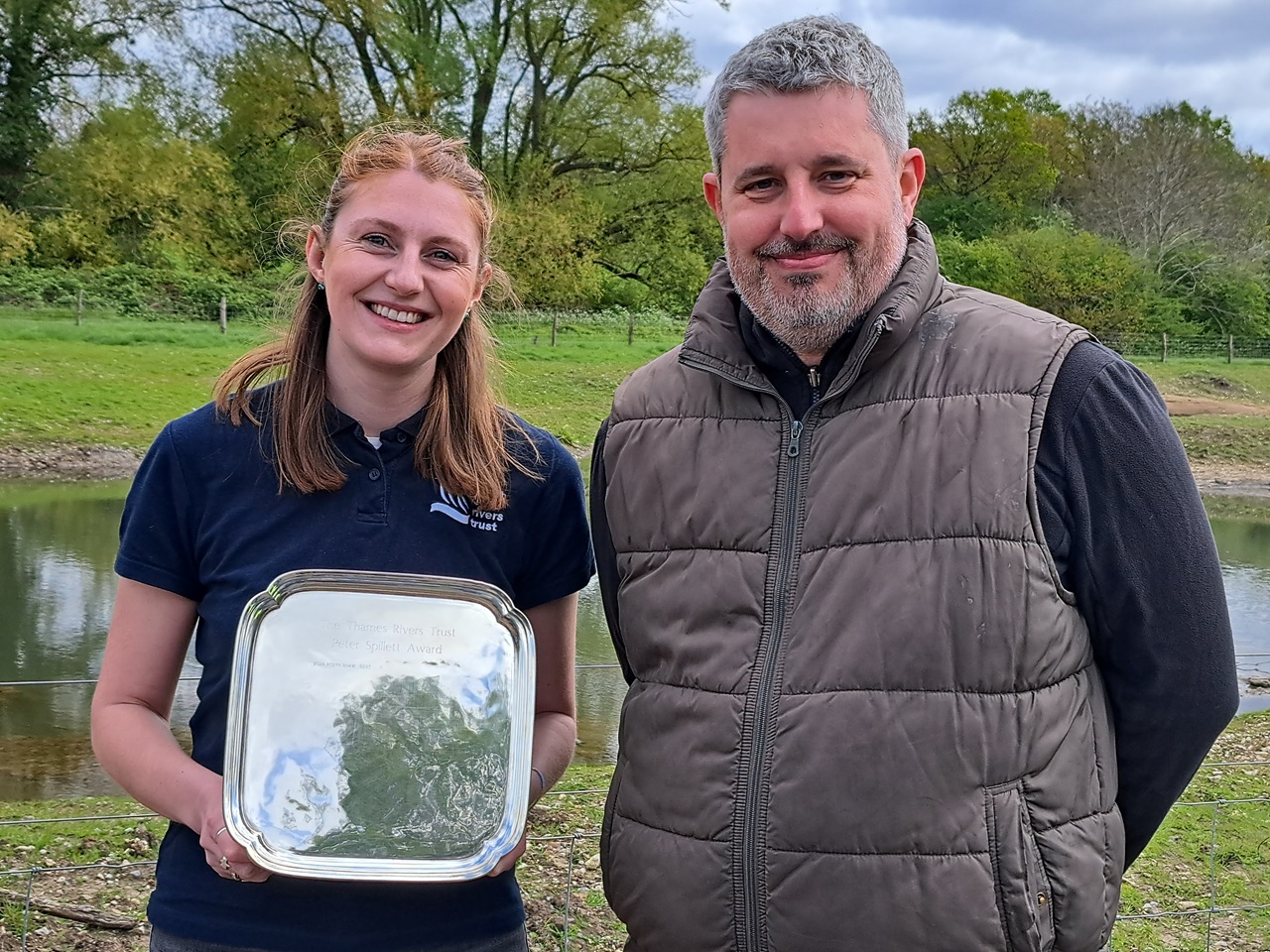
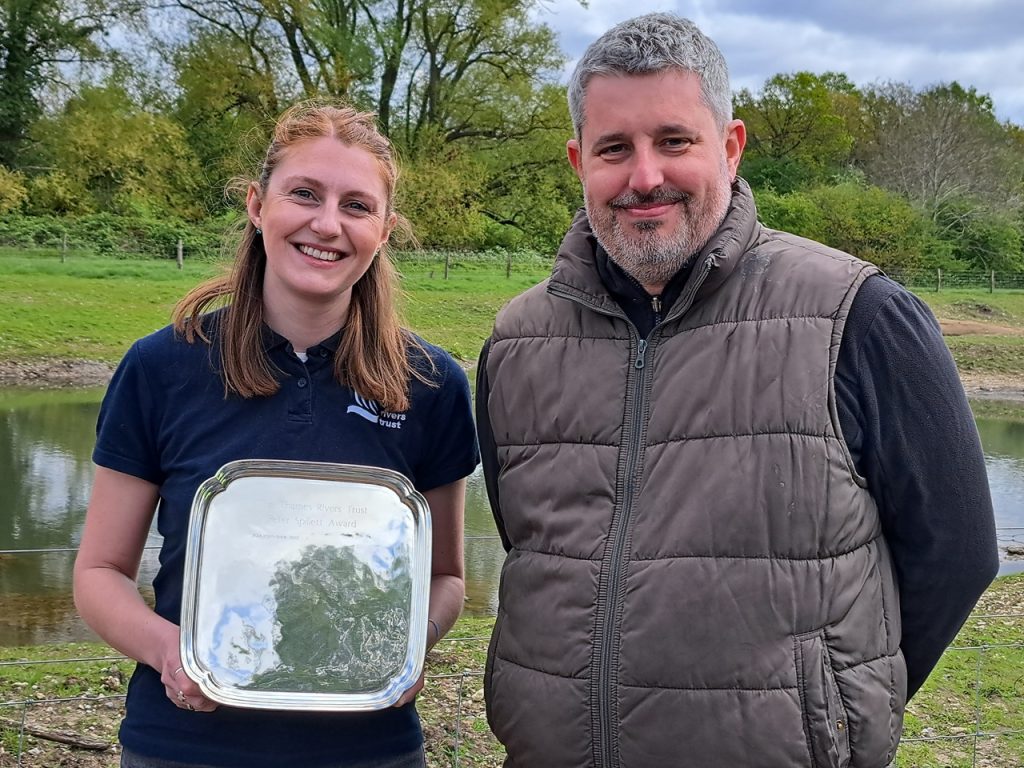
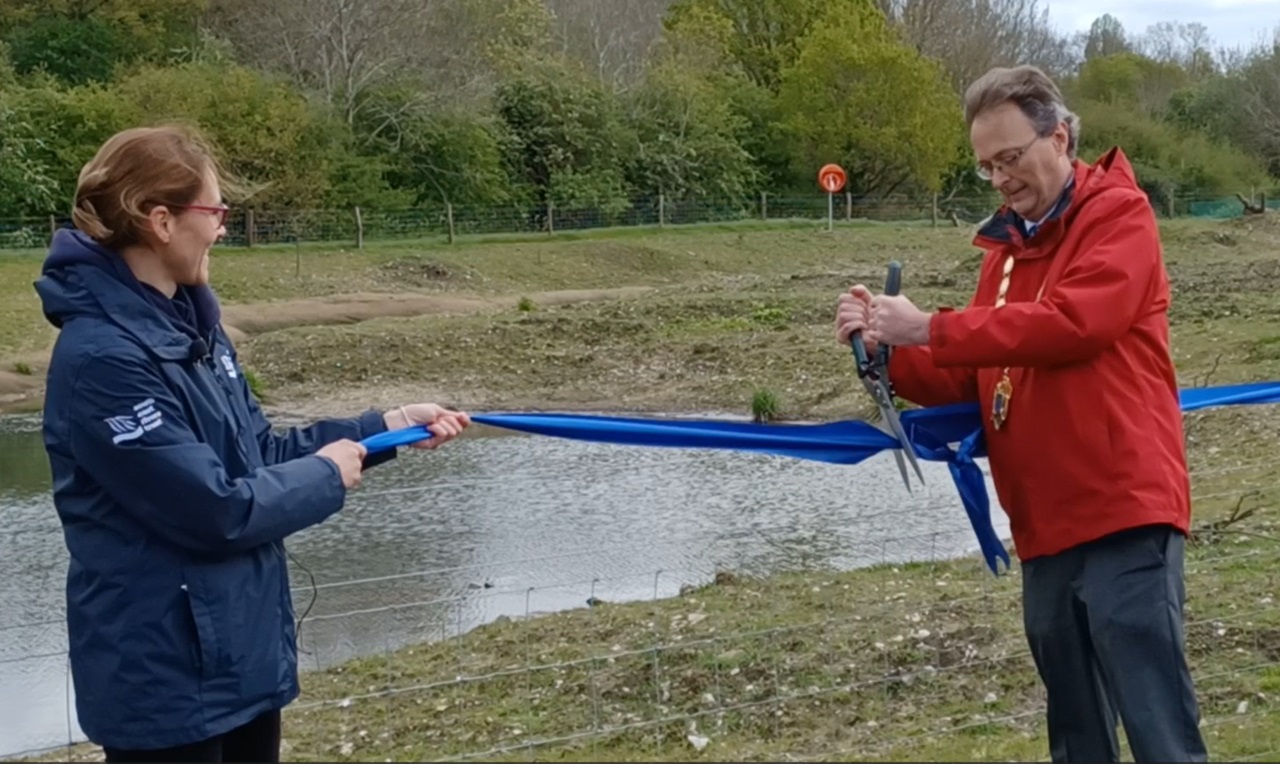
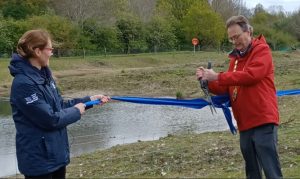
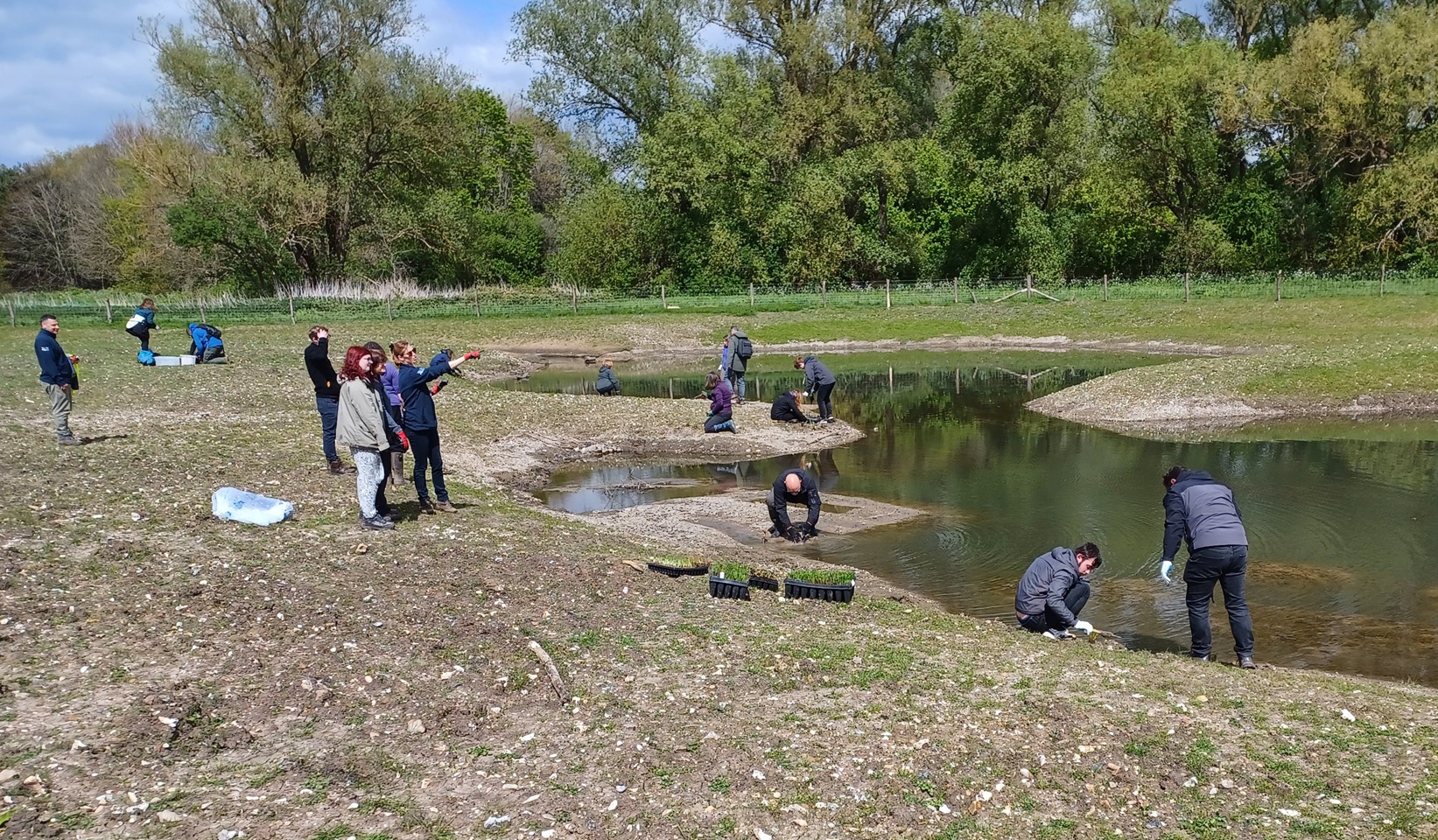
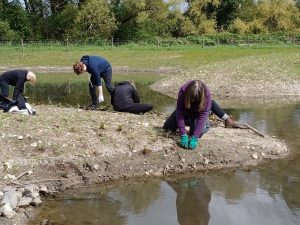
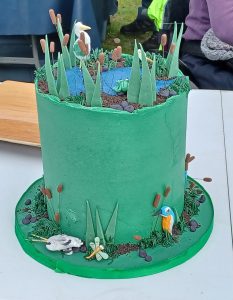
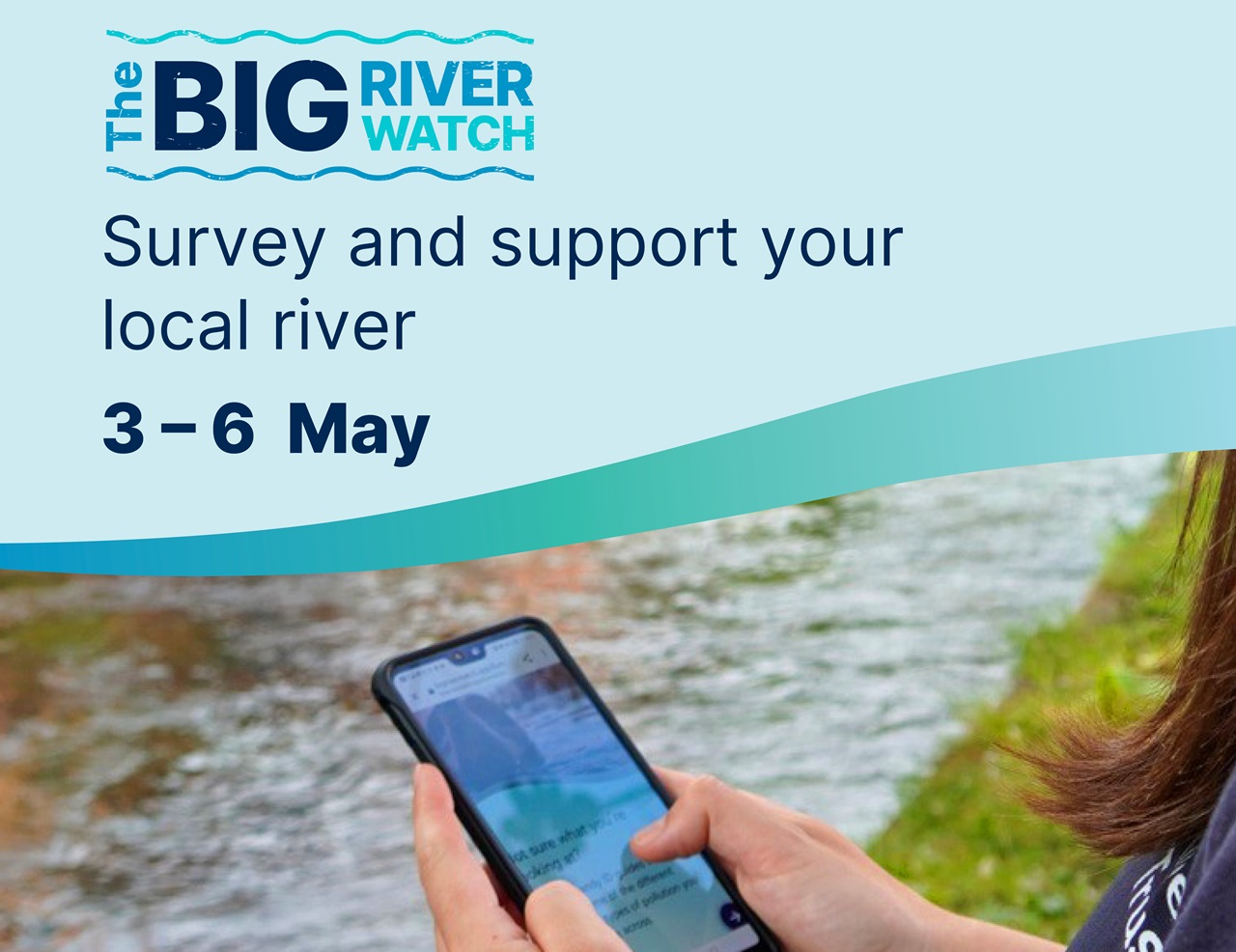
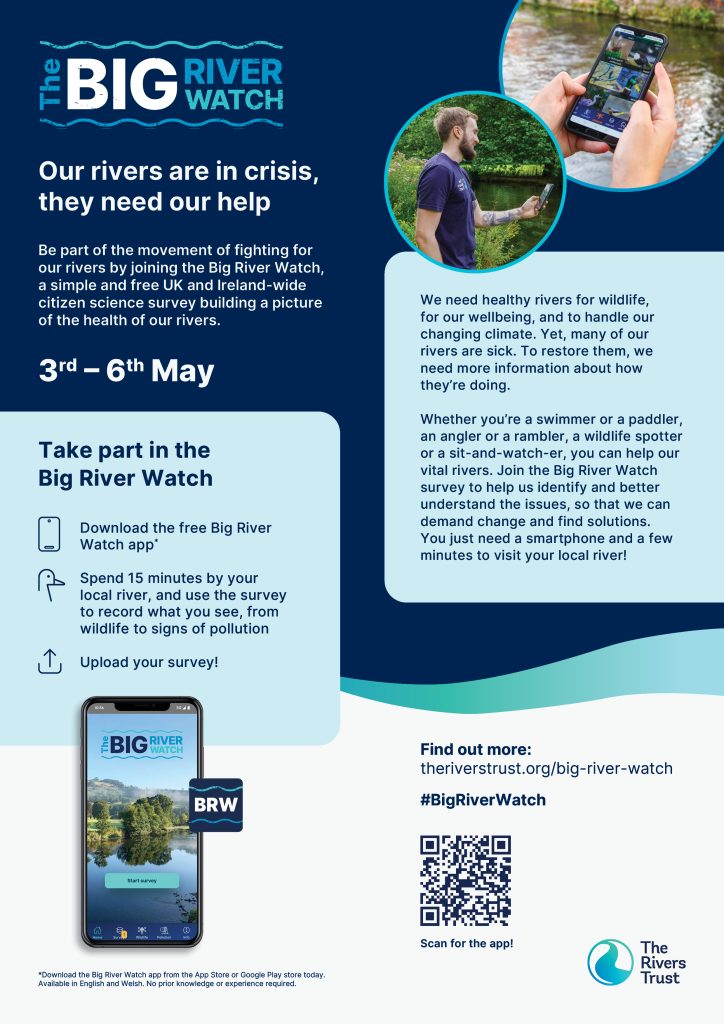

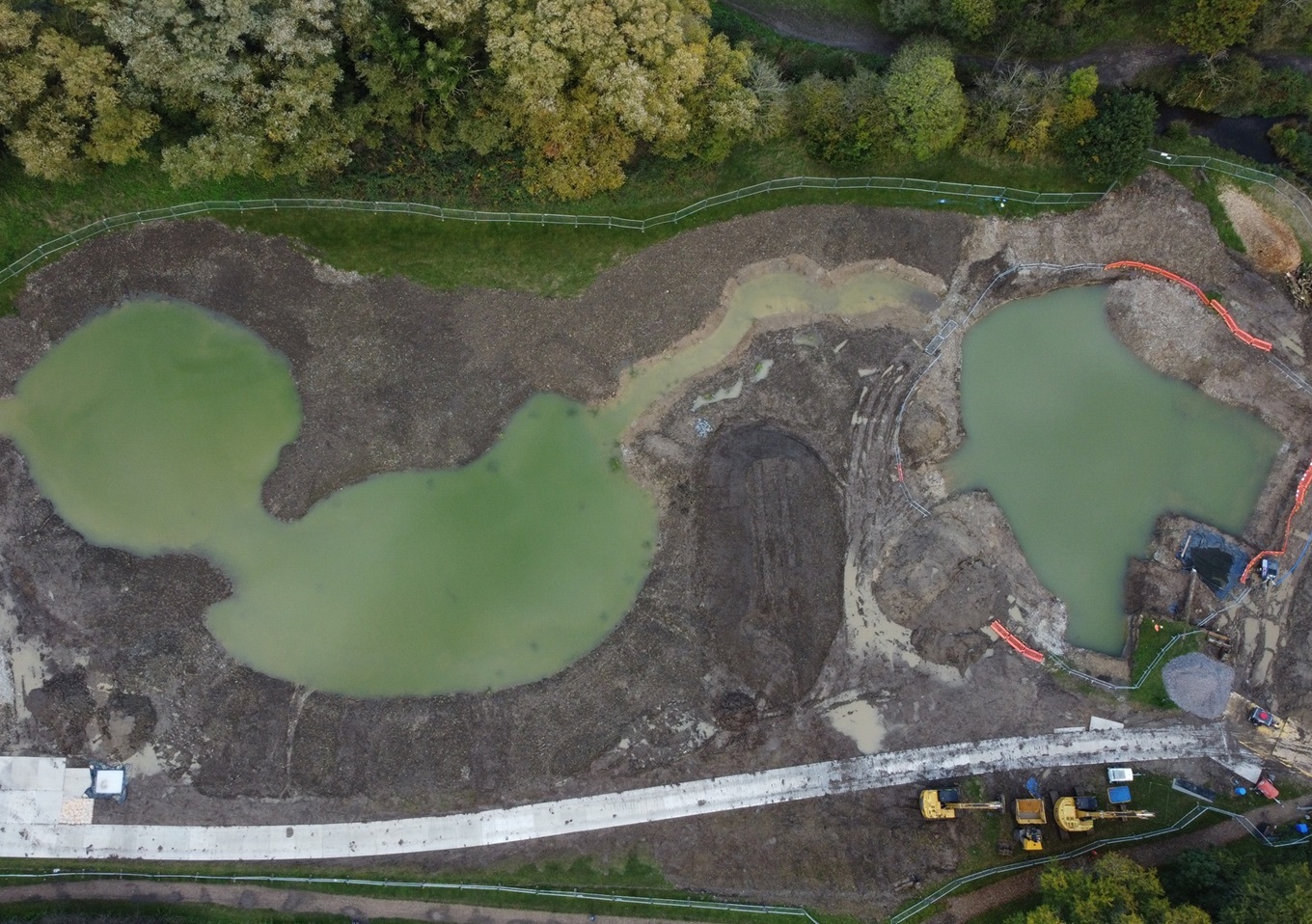
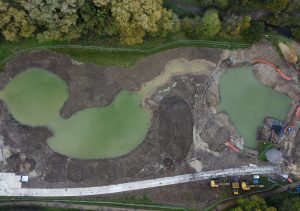
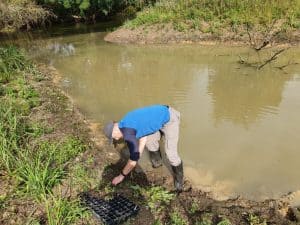
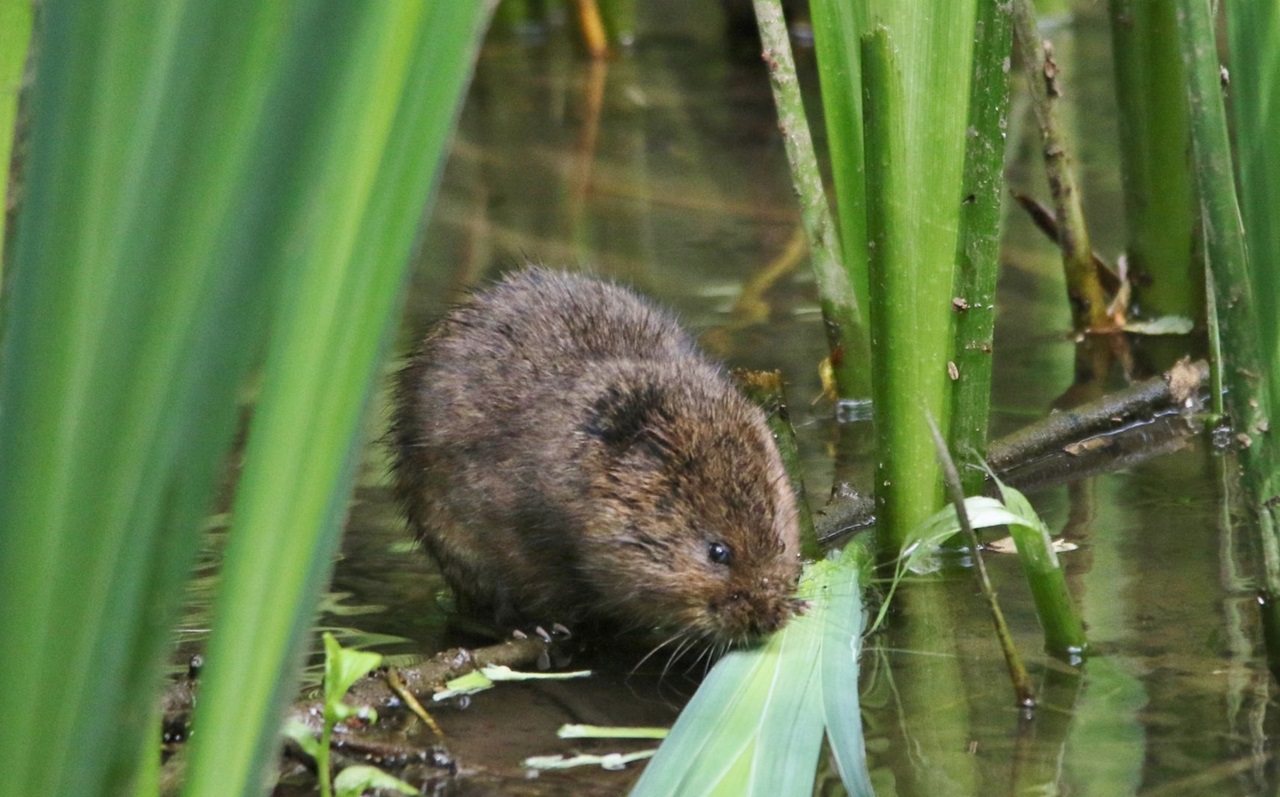
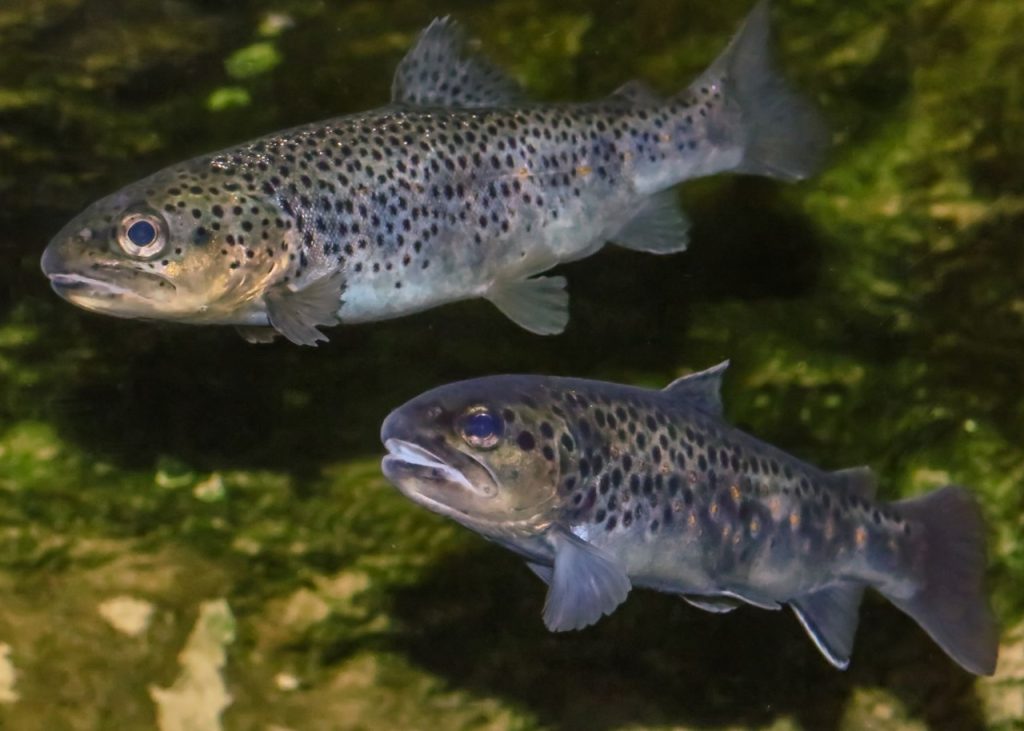
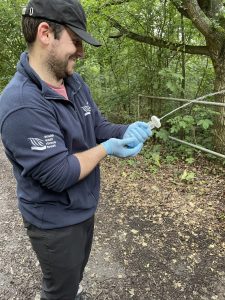
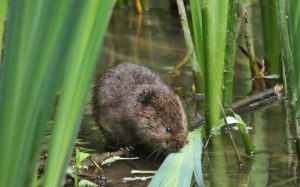
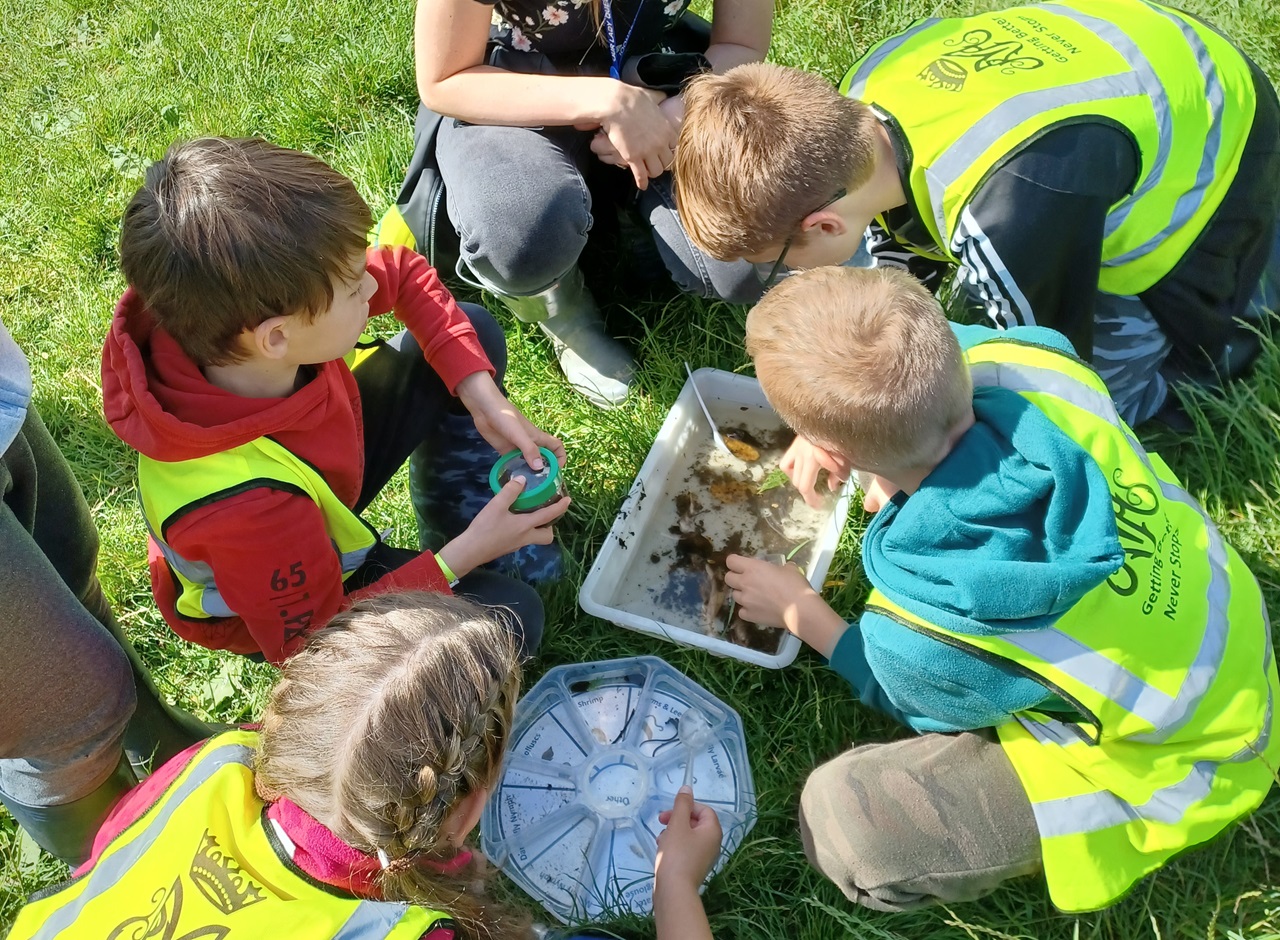
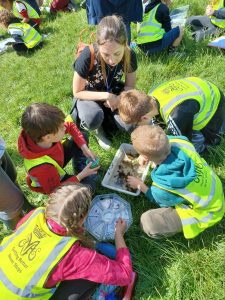
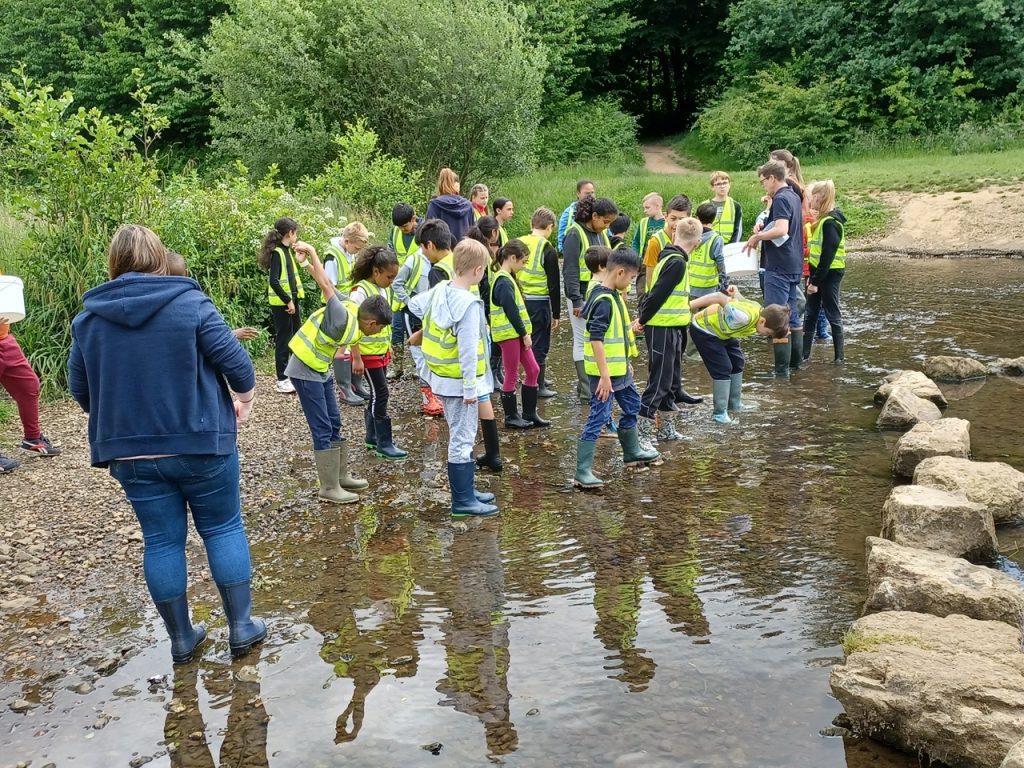
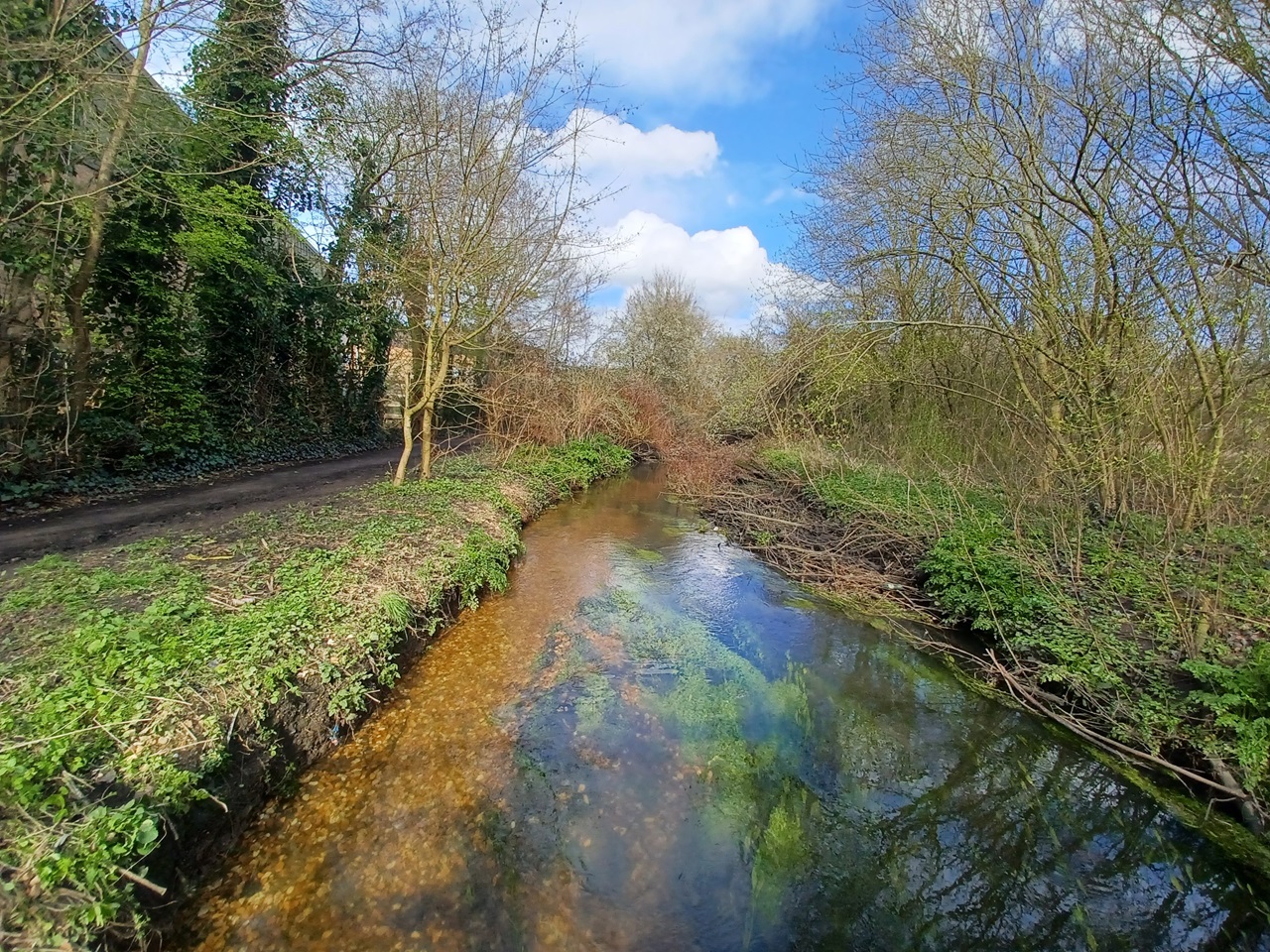
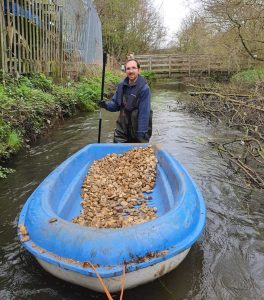
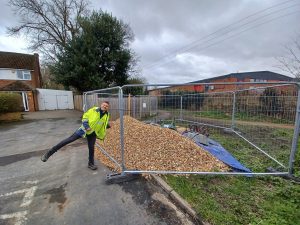
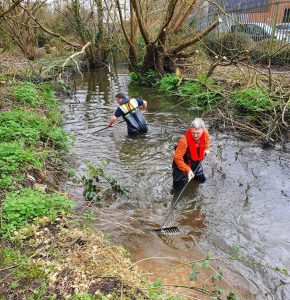
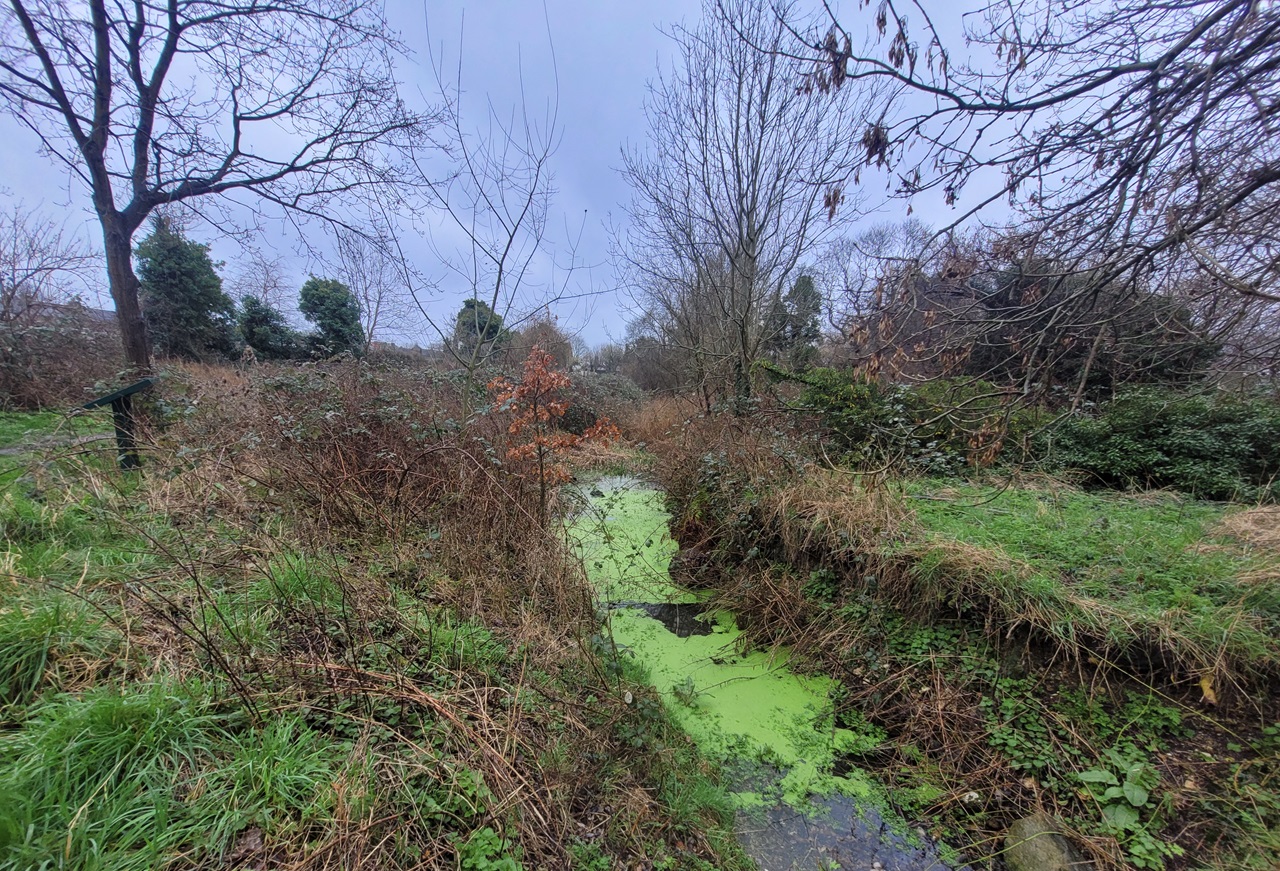
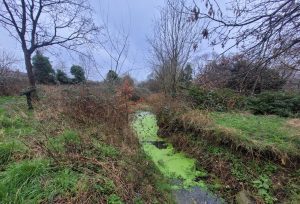 The
The 